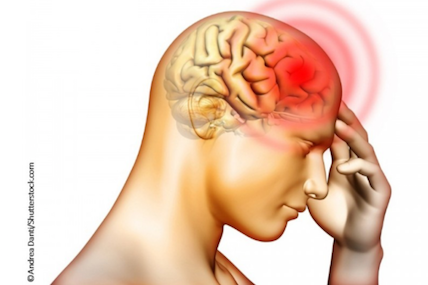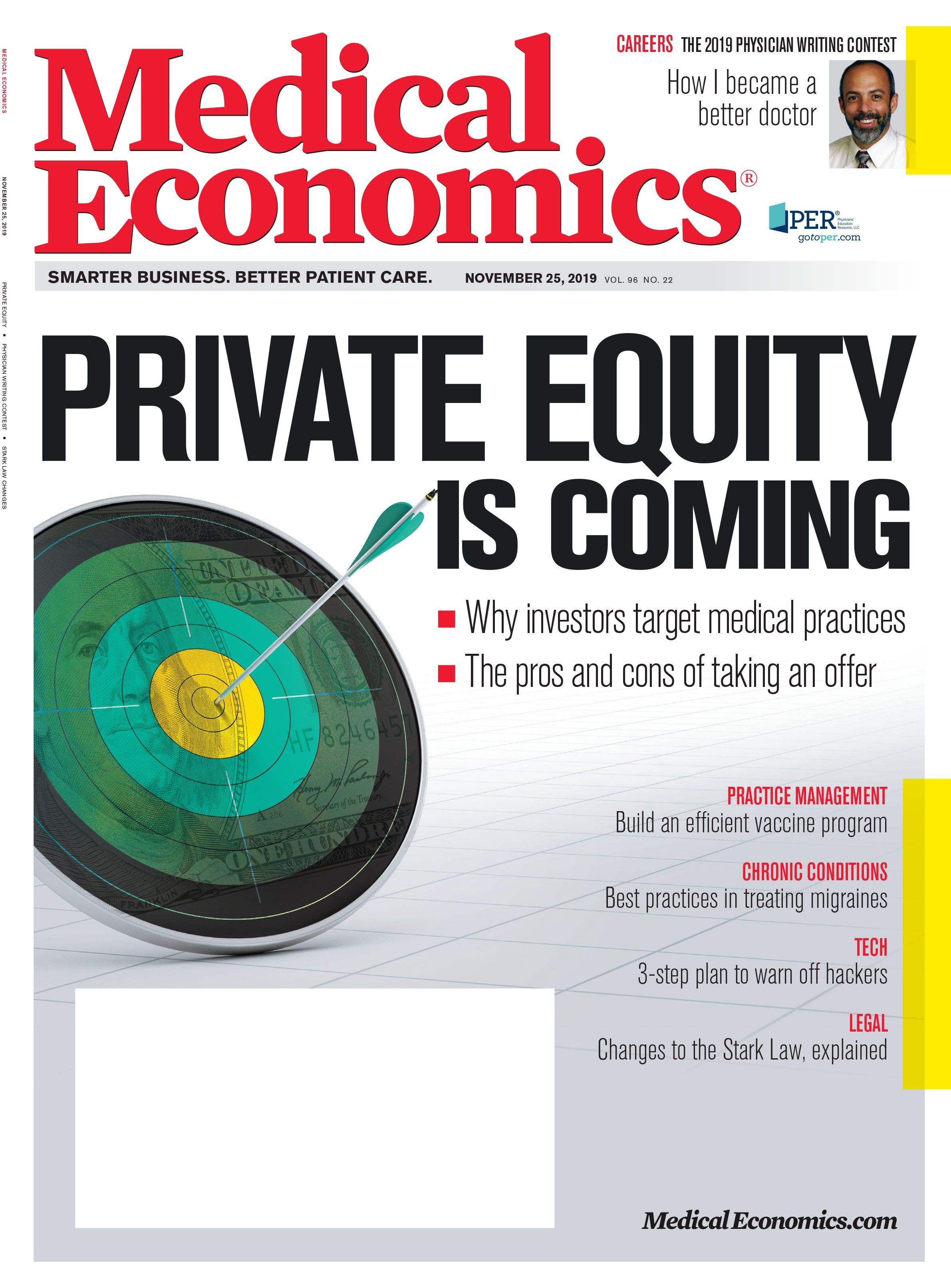- Revenue Cycle Management
- COVID-19
- Reimbursement
- Diabetes Awareness Month
- Risk Management
- Patient Retention
- Staffing
- Medical Economics® 100th Anniversary
- Coding and documentation
- Business of Endocrinology
- Telehealth
- Physicians Financial News
- Cybersecurity
- Cardiovascular Clinical Consult
- Locum Tenens, brought to you by LocumLife®
- Weight Management
- Business of Women's Health
- Practice Efficiency
- Finance and Wealth
- EHRs
- Remote Patient Monitoring
- Sponsored Webinars
- Medical Technology
- Billing and collections
- Acute Pain Management
- Exclusive Content
- Value-based Care
- Business of Pediatrics
- Concierge Medicine 2.0 by Castle Connolly Private Health Partners
- Practice Growth
- Concierge Medicine
- Business of Cardiology
- Implementing the Topcon Ocular Telehealth Platform
- Malpractice
- Influenza
- Sexual Health
- Chronic Conditions
- Technology
- Legal and Policy
- Money
- Opinion
- Vaccines
- Practice Management
- Patient Relations
- Careers
Managing patients with migraines
Tips for primary care physcians

Migraines are not just bad headaches, they’re the most common severe primary headache disorder, affecting about 12 percent of the population, according to Noah Rosen, MD, director of the Headache Center at the Northwell Institute for Neurology and Neurosurgery in Manhasset, N.Y.
Rosen says that headaches are divided into two basic classifications: primary headaches and secondary headaches.
“Secondary headaches are when a headache is secondary to another condition such as a tumor or a spinal leak,” Rosen says. “A primary headache is where the headache itself is the problem.” Migraines fall into the latter category.
For those who don’t want to turn to medical intervention, physicians can recommend a variety of management strategies that may circumvent or reduce the need for medication:
Lifestyle modification
“So many headache disorders are triggered events,” Rosen explains. The more researchers learn about migraines, he says, the more they appear to be related to neuro-inflammation, which can be triggered by numerous factors from diet to caffeine withdrawal.
Hence, lifestyle modifications can be very important. “That includes eating regularly, hydrating well, regular sleep and stress reduction,” Rosen says.
Additionally, people with migraines should attempt to track and record their headache triggers, though Rosen says only about 70 percent of migraine patients ever identify a trigger for their headaches.
Exercise and massage
In the same vein as lifestyle modifications, Rosen points out, “There is some evidence for the preventative benefits of migraine with regular aerobic exercise.” Yoga has also been shown to have some positive effects on migraine.
Additionally, physical therapy, massage, and acupuncture have all been linked to migraine relief, but do not yet have enough consistently validated research behind them to prove their effectiveness. However, all of these modalities are likely to bring temporary relief and while not causing any harm, he says.
Cognitive intervention
Other validated treatments include psychological interventions, including cognitive behavioral therapy and biofeedback, which is a form of computer-aided progressive relaxation training, Rosen explains.
Biofeedback often accompanies mindfulness training, in which a person pays very careful, focused attention to a set of stimuli or activities.
Supplements
Rosen says that there is also some evidence for the efficacy of several over-the-counter supplements including magnesium, riboflavin, coenzyme Q-10, and feverfew.
“Riboflavin and co-enzyme Q-10 work upon the energy metabolism in the cell, on the mitochondria,” he explains. “There are several mitochondrial diseases that have a high association with headache disorders, so that may be the mechanism by which it has the effect.”
Rosen warns, however, that not all supplements contain the ingredients or dosage levels they claim to, so it might make sense to seek out manufacturers that publish their quality control data.
Medical Devices
Finally, Rosen says, there are a number of medical devices on the market for migraine and cluster headaches. These include nerve stimulators, electrical TENS units and trans-cranial magnetic stimulators. Clinical evidence varies for each item.
Some items may be cost-prohibitive because they are not covered by insurance.
“You have to take a realistic assessment of what is the cost of this disease to your patient and what are the best options. Even a single lost day [to migraine] can be devastating,” he says.
Why journaling is key
In order to begin to understand the triggers and patterns surrounding patient migraines, headache specialist Stephanie Nahas, MD, MSEd, recommends patients keep a migraine journal or calendar.
Nahas, an associate professor of neurology at Thomas Jefferson University in Philadelphia, and director of the university’s Headache Medicine Fellowship Program for the Jefferson Headache Center, says journals are useful to gauge the actual burden of illness the patient is experiencing.
Writing down the details of a migraine attack can reveal how migraines impair a person’s daily ability to function at home, at work, and in leisure, as well as the frequency of attacks and what medications are required to control them, she says.
Additionally, a migraine journal can help patients distinguish between actual triggers and those that are merely coincidental.
“Many patients may not be sure they have real triggers or not, so keeping track can help to tease out what’s a trigger,” Nahas says.
Triggers can run a wide gamut, including sleep, diet, exercise, dehydration, stress, and hormones.
With a journal, a patient can notice the circumstances surrounding a migraine. “You can take notice of how your sleep was the night before, did you exercise today, how’s your hydration and are you stressed out,” Nahas says.
A journal can also help to track the benefits of what is known as a “protector,” which Nahas calls “the opposite of a trigger.” Protectors are factors that make it less likely that a person will have an attack. This could be a new medication, lifestyle modifications, acupuncture, and so on.
The calendar can also be of great value to the physician, Nahas says, as a way of monitoring acute medication use. “If somebody has headache more than 10 days a month, you need to monitor how often they’re using acute medication to treat attacks because they could get into trouble with rebound headache,” she says.
Rebound headaches are part of a cycle where the patient has to keep taking more and more medication to treat the migraine and the migraines then begin to increase in frequency and intensity.
Migraine journals eventually begin to reveal patterns that can also help patients prepare a pre-emptive strategy, Nahas says.
Additionally, journals enable the patient to express their feelings about migraine’s impact on their lives, and bring it to someone else for validation and help.
If a physician recommends a patient begin using such a journal, physicians must then look at them during the visit. “Because nothing insults somebody more than being told to do something but then the doctor doesn’t care that you did it,” Nahas says.

